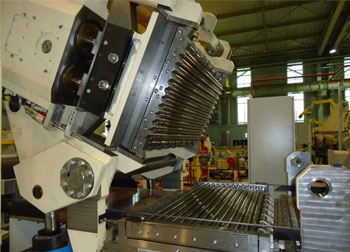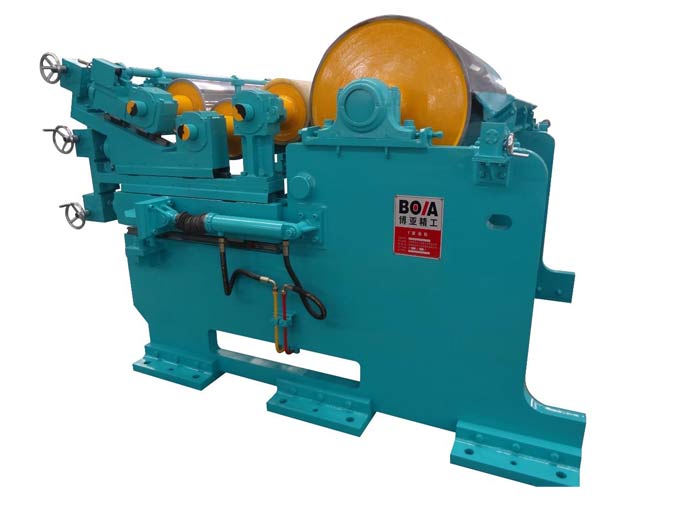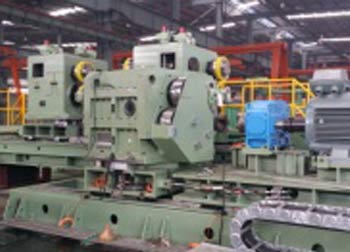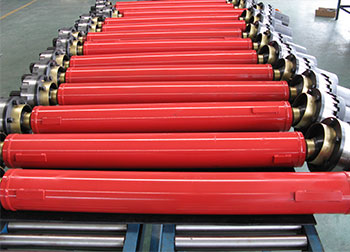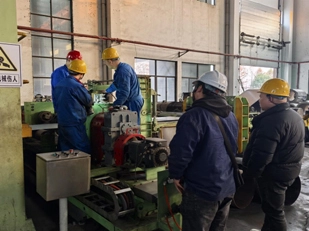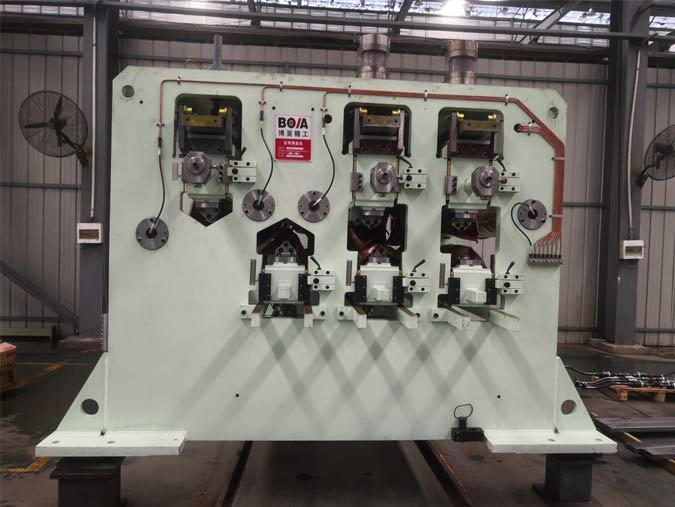Technical Knowledge About Roll Coaters
Roll coaters are often used to industrially apply liquids to the surface of a part. Roll coaters can be used to apply liquid adhesives, paints, oils and coatings such as varnishes or clear topcoats. Roll coaters can take many forms, from simple paint rollers to complex coaters with multiple rollers. A roller coater works by transferring a layer of coating from the surface of the roller to the surface of the part. When this happens, a phenomenon known as "film splitting" occurs.
1. Roll coater press roller configuration
As with any roll coater, the substrate to be coated must be brought into contact with coater rolls to pick up the coating. In some cases the part can be pressed directly against the coater roll by means of a pressure roll, while in other cases the substrate must be guided over the surface of the coater roll so that it is in contact with the roll and has enough contact to absorb the liquid. Pressure rolls are sometimes called feed rolls, backup rolls, or guide rolls.
The configuration of the pressure roll relative to the coating roll is generally determined by the thickness and flexibility of the substrate to be coated. If the pressure roll is too close to coater rolls, it may pick up the excess coating that runs off the substrate and transfer the coating to the other side of the substrate. In some cases, the coating droplets can move around on the surface of the pressure roller. This allows it to pick up a bit of coating with each revolution until the roll is almost completely covered and the equipment needs to be stopped for cleaning.
When coating thin substrates, the pressure roll must be kept a sufficient distance from the coater rolls to avoid contamination, but still ensure that the substrate can be driven by the machine and pick up the coating. This can be accomplished by positioning the pressure roll so that the substrate is forced to bend over the coater roll, or by pressing the part directly against the coater roll with the pressure roll and removing any excess wipers that transfer to the pressure roll or Clean the rollers. A third technique is to coat only a part of the substrate without coating the edges to avoid any transfer of the coating. If the substrate to be coated is thick enough, coating transfer is less likely and the pressure roll can be positioned so that it presses the part directly against the coating roll.
2. Reverse roller coating of roll coater
In reverse roll coating, the surface of the part passes through the coating roll in the opposite direction to the direction in which the coating roll's surface travels. This allows the coater roll to function as both an coater roll and a wiper roll. A small coating puddle forms at the interface of the roller and substrate, and as it passes through the coating roller, it flows onto the part.
Reverse roll coating is used to apply heavier coats than forward roll coating. Very smooth coatings can also be applied by using the reverse roll technique. Since the coating is heavier, it tends to flow out better, and the flow from the puddle at the roller to the part interface tends to smooth the coating. The result of these two effects working together can provide a very flat and smooth coating.
3. Measurement after application of roll coater
In many applications, roll coaters are used to apply an adhesive or finish coating to a part, but the thickness or finish of the applied layer does not meet the requirements of the final product. In these cases, a secondary metering method can be used after the coating has been applied to thin, smooth or texture the coating to meet final requirements.
Almost all post-application metering situations are used when the material being coated is in the form of a continuous coil. A very popular method is to use a Meyer stick or Meyer stick. This is a rod with a layer of round wire wrapped around it. The device can be used to meter and smooth a single coat. The strip acts as a scraper to wipe off excess coating, and the spaces present between the round lines are used to meter out a uniform coating. In most cases, the material being metered will form a series of peaks and troughs that flow out into a smooth, uniform layer. It can be used sequentially for coarse metering followed by fine metering/smoothing, and is used in many production lines that produce pressure sensitive films, tapes and other materials that require a thin, smooth finish coat.
Topics You May Be Interested in:
Roll Coating Process
Backup Rolls
Precision Blanking
Conventional Stamping
Rubber Roller Coating Machine
Press Blanking
Popular BOYA Flat Metal Processing Machinery
Other Articles about BOYA Flat Metal Processing Machinery

 English
English 